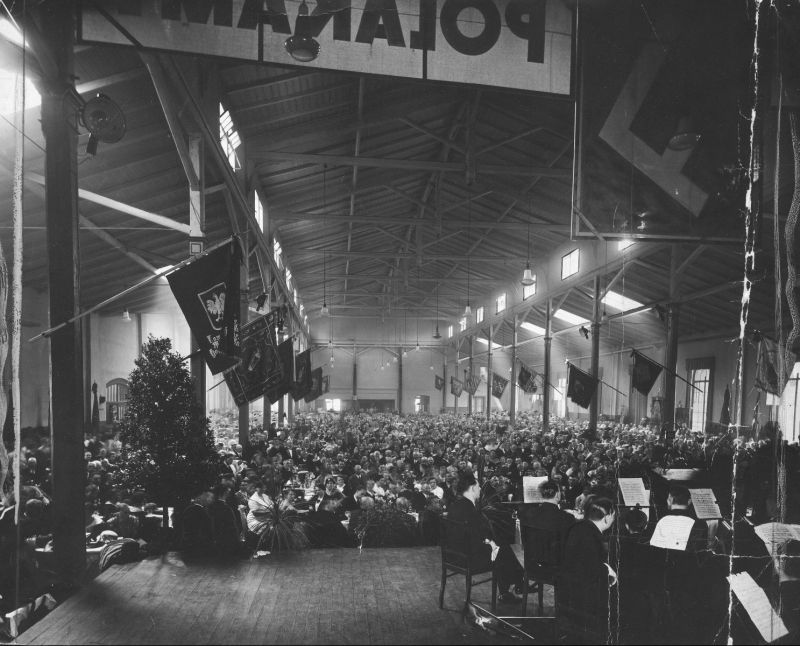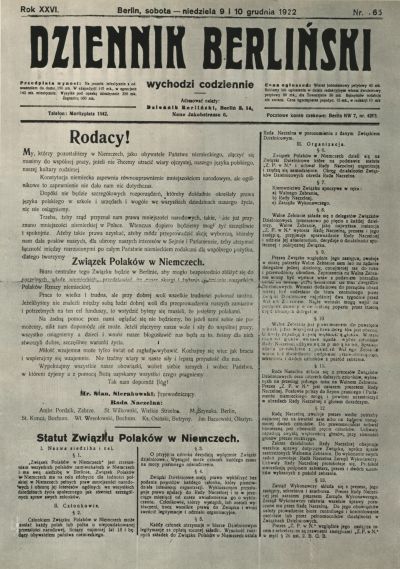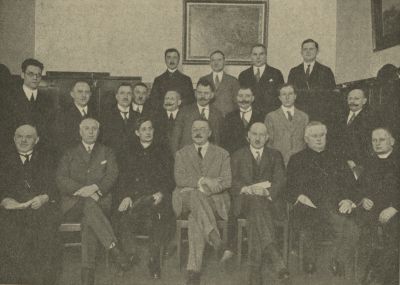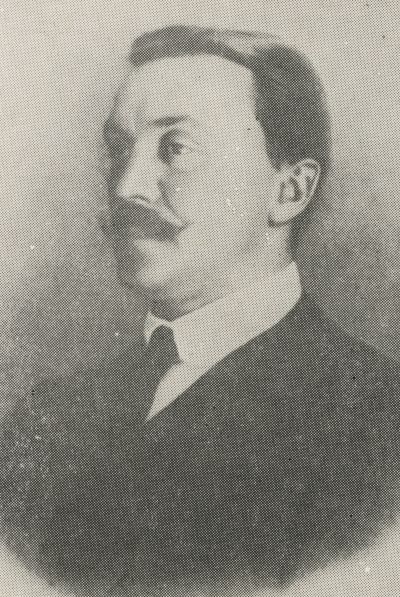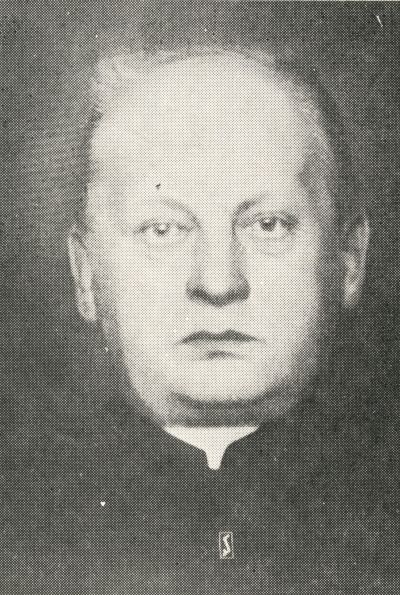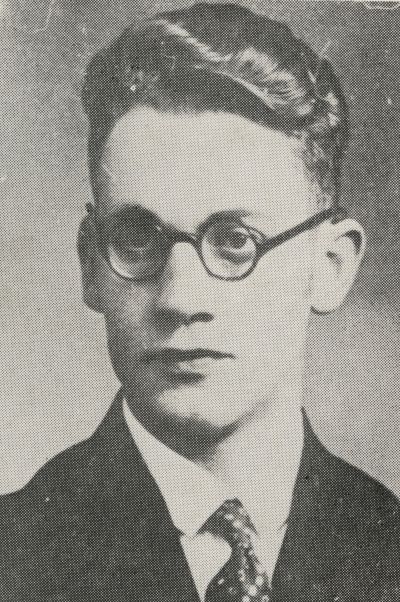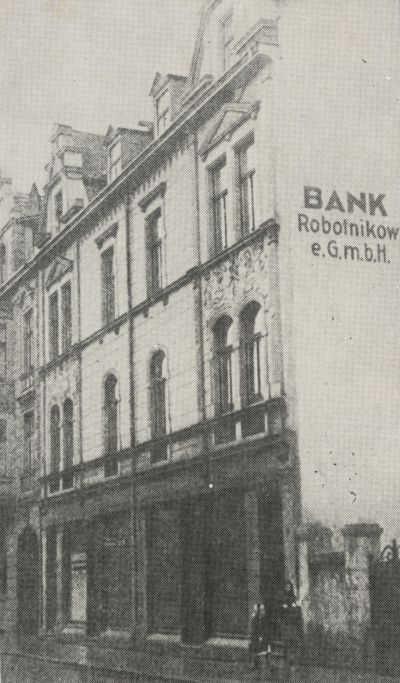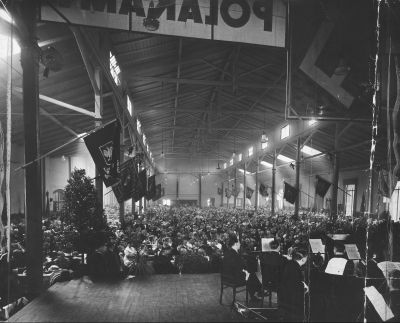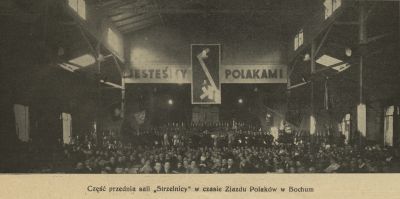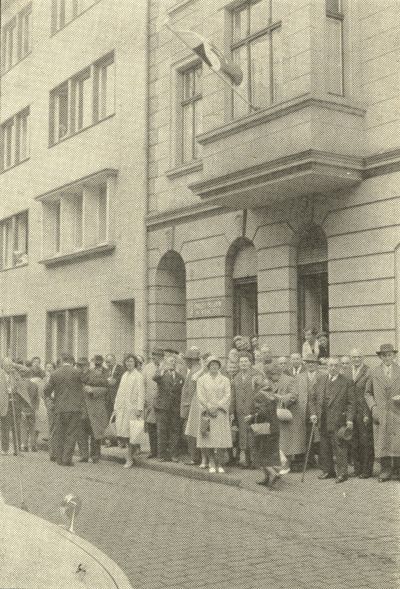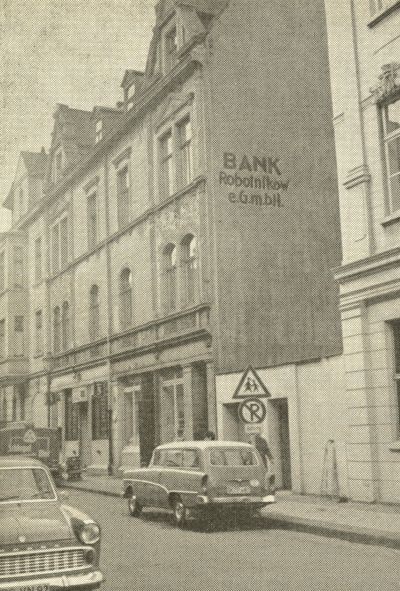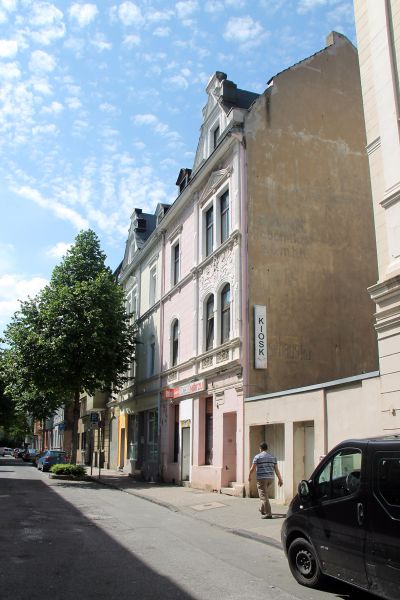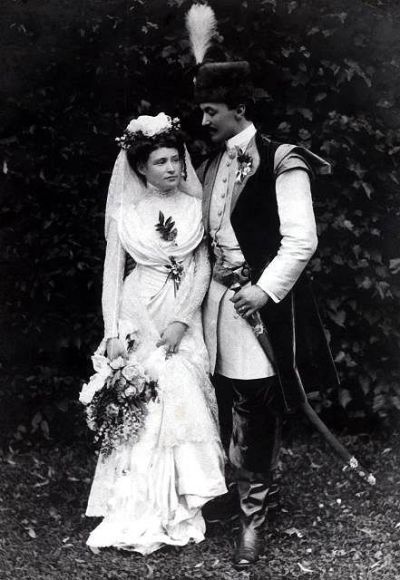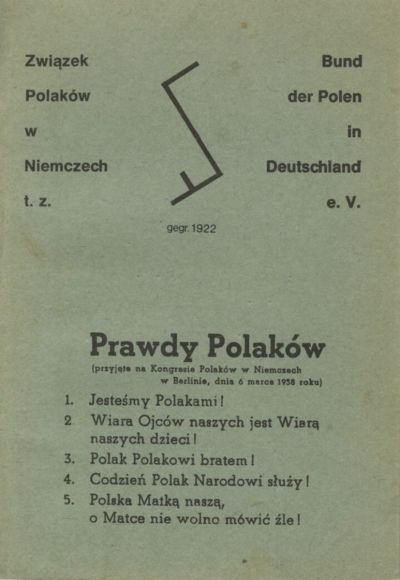The Union of Poles in Germany
Mediathek Sorted

At the end of the war, the possible courses of action were restored, even if the conditions were difficult and unclear. In spring 1945, the activists in the organisation began to prepare for reactivation but met with difficulties along the way owing to the occupation of Germany by the major powers. In November 1945, the “Patronat Rodła” was founded, which advocated for the reactivation of the Congress, which was then held in January 1946. Its role changed fundamentally, however, after the territories east of the Oder and Neisse rivers were annexed to Poland. Hundreds of thousands of people of Polish origin now found themselves within the Polish borders and several activists attempted to find their way in the new political reality. There was also a re-emigration of several Poles from Westphalia and the Rhineland. The situation in the rest of Germany was mixed. It was also influenced by the superpower politics towards Germany. In 1948, the British occupying authorities finally legalised the association. At the time, it had several thousand members. But soon, there were differences of opinion about the attitude towards Communist Poles compounded by disputes amongst the personnel. In 1950, this led to a division of the organisation and to a legal dispute about the name. The activists surrounding Stefan Szczepaniak and Michał Wesołowski won and rejected any cooperation with Warsaw. The UPG had its headquarters in Frankfurt am Main initially, then in Bochum. The losers founded a new organisation called the Union of Poles “Zgoda”, which was led by Stanisław Paszkowiak and headquartered in Recklinghausen (it was disbanded in 2013). This undermined the UPG considerably with its membership falling to below 1,000 at the end of the 1950s and with its activities focusing on anniversary celebrations, get-togethers for celebrations, the organisation of cultural events and Polish courses for children. The isolation from war emigrants who settled in West Germany worsened this situation even more. After 1956, the organisation changed its negative attitude towards the People’s Republic of Poland, made cultural contacts and organised tourist trips. This increased its attractiveness to Poles and led to a certain revival of its activities. In the 1970s and 1980s, the number of Polish (political and economic) emigrants in Germany increased, some of whom joined the Union of Poles in Germany which needed this kind of influx for demographic reasons and because of the assimilation process. After 1989, under the new political conditions defined by the neighbourly relations between Germany and Poland, the organisation began to reduce its activities again.
It should be emphasised here that the history of the Union of Poles in Germany during the period before 1939 is an important part of history, not only of the Polish diaspora but also of the non-German communities in the former German State. In contrast, the time after 1945 was a period in which the organisation was rapidly marginalised. This has been consolidated in the present day, which may seem paradoxical in light of the large Polish community and large number of inhabitants of Polish origin in Germany. However, the organisation has not succeeded in putting forward an attractive proposition for its activities whilst, at the same time, effectively representing the needs and interests of Poles. There is also no real concept as to how such a ‘national’ organisation could fit into the diverse landscape of society in Germany today. Closer and closer contacts to the Polish government, i.e., de facto a single national political option, are a good omen for the future. Today, the Union of Poles in Germany no longer plays a significant role; it has fewer than 100 members.
Krzysztof Ruchniewicz, October 2022

















































































